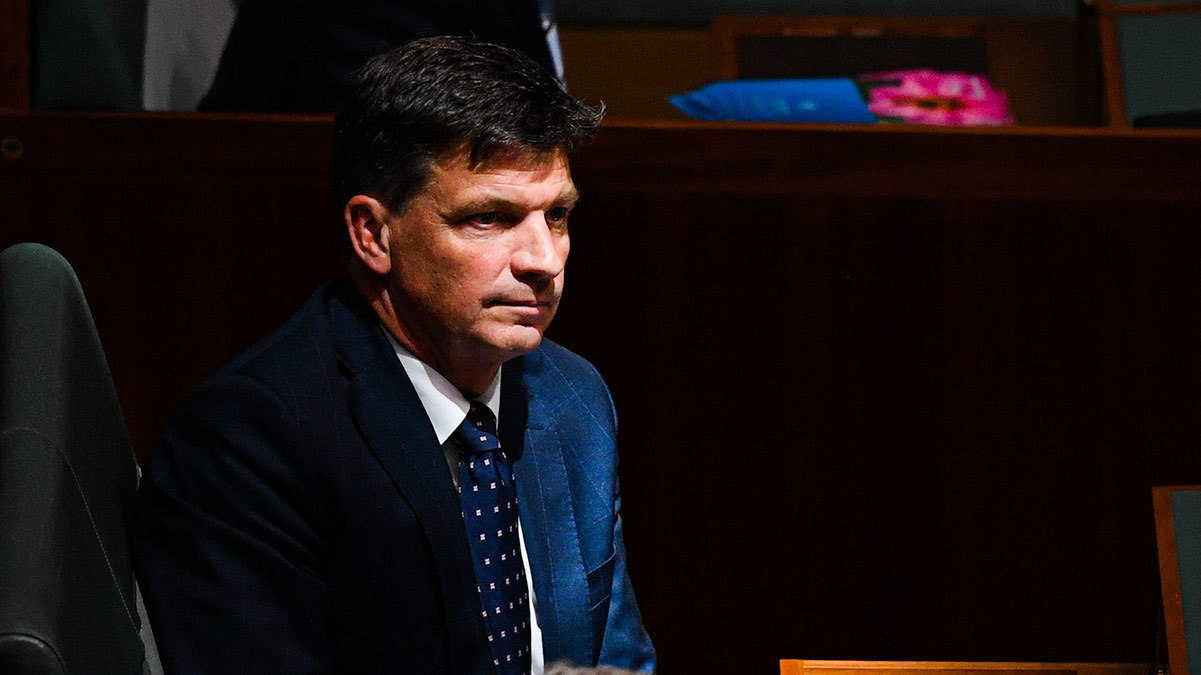The Morrison government is to throw in another $250 million on carbon capture use and storage (CCUS) projects – that may not be operational for almost a decade.
Under the CCUS Hubs and Technologies Program, $100 million will be provided to support the “design and construction of carbon capture hubs,” with a further $150 million provided to fund the further “research and commercialisation of carbon capture technologies” and to identify viable locations for projects.
Grant documents for the program show that the Morrison government will provide sums of between $5 million and $50 million per project.
A joint statement released by federal energy minister Angus Taylor and resources minister Keith Pitt says that they expect the projects to be fully operational by 2029, but the grant documents show that proponents will have until April, 2031 to complete their project – almost an entire decade away.
In contrast to standard carbon capture and storage projects, which capture emissions and seek to effectively store them indefinitely, the funding will be used to support projects with a “use” component, with the captured carbon able to be used for some industrial process. This can include aiding the extraction of more fossil fuels and potentially leading to an overall increase in greenhouse gas emissions.
Taylor pointed to research published by the International Energy Agency and the Intergovernmental Panel on Climate Change, which said that CCS technologies would be “essential to achieve the goals of the Paris Agreement.”
Taylor added that the funding would be used to establish a number of carbon capture and storage hubs, including supporting the creation of Clean Hydrogen Industrial Hubs.
Perplexingly, Taylor said that the CCUS funding could also be used to support the development of “clean LNG production” in Australia – likely to be a reference to emissions stored during the extraction of gas, but not its use.
In fact, with the fund set to support projects that involve both the “use and storage” of carbon emissions, it flags the likelihood that the Morrison government could use the fund to support the increased exploitation of Australia’s fossil fuel resources.
One of the key “uses” of captured emissions being promoted by the oil and gas industry is for the “enhanced recovery” of oil and gas resources – with captured emissions pumped into deposits to aid in the extraction of the fossil fuels.
Such practices are used to extend the life of oil and gas wells and can allow for as much as 20 per cent additional oil and gas to be extracted from a well.
For example, analysts at UBS have estimated that a CCUS project being considered by oil and gas company Santos to store 1.7 million tonnes of emissions a year at its Moomba operations – which has already received $15 million in federal government funding – could allow for the further extraction of around 2.7 million barrels of oil a year, over a period of a least five years.
During his time in the energy portfolio, Taylor has sought to direct a significant amount of federal government spending on energy and climate towards carbon capture projects – including a $50 million CCUS Development Fund and moving to open up renewable energy funding bodies, ARENA and the CEFC, to fund carbon capture projects.
Pitt made clear that the CCS funding was about supporting the ongoing extraction of Australia’s resources.
“Technology like this will be the key to further reducing emissions and ensure our resources will play an important role in providing Australia, and the world’s, energy needs,” Pitt said on Thursday.
“Australia has shown that a reduction in emissions can be achieved alongside a strong resources sector and this technology will ensure it continues to make a significant contribution to our economy and jobs for decades to come.”
Australia has just one operational carbon capture and storage project, located at the Gorgon LNG project operated by Chevron in Western Australia.
The Chevron project has been plagued by operational issues, including delays in the start of its operation, amounting to several years. Now operational, the project has been hampered by sand clogging key components, and as a result it has stored just a fraction of the greenhouse gas emissions initially forecast.
Meanwhile, Fortescue Metals chairman Andrew Forrest has slammed the prospect of further funding of carbon capture technologies, particularly in the production of hydrogen, during the recent launch of the Green Hydrogen Organisation alongside former prime minister Malcolm Turnbull.
“Carbon sequestration has robbed the economies of the world of more money than any bank robber ever possibly could,” Forrest said.
Turnbull echoed Forrest’s comments, saying CCS had missed its window of opportunity.
“Capture and storage has received billions of dollars in support over many years,” Turnbull told the event.
“There were high hopes for it. I had high hopes for it when I was Australia’s environment minister back in 2007. But it simply has not worked. It does not work consistently. It has failed.”










